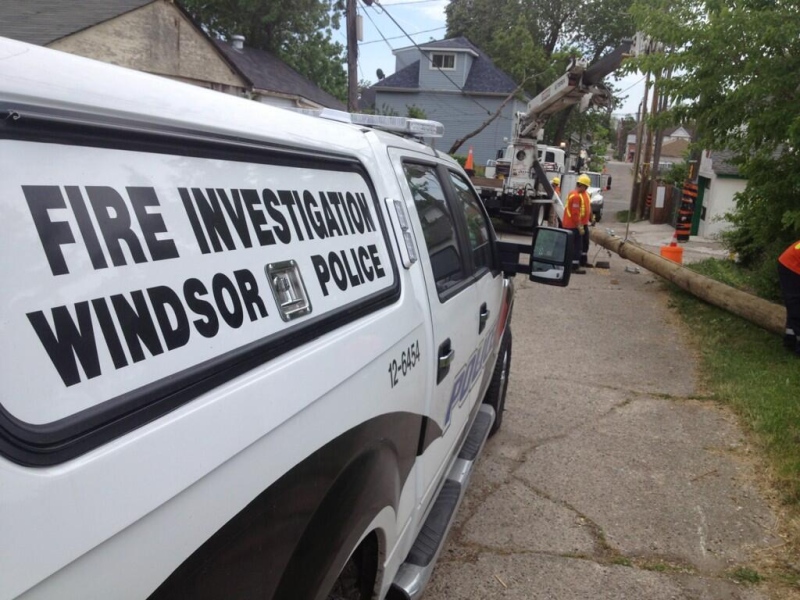With lows below -10C peppered throughout the week, enthusiasts of winter fun may be pulling out their ice fishing gear or sharpening their skates in anticipation of frozen lake — but officials say it’s unlikely this cold snap will yield any safe surfaces on local waterways.
“It takes a while for a significant amount of ice depth to be safe,” says LaSalle Fire Service Chief Ed Theissen.
Theissen says at this point, there are no frozen bodies of water in the community, but the service pre-emptively put a warning on social media.
The advice is to wait for ice to be at least four inches thick before stepping – or skating – onto it, and at least five to six inches thick before taking a snowmobile out.
When it comes to retention ponds Theissen says you should never trust the ice, with road salt and de-icing chemicals often washing into them adding to the already instable nature of the ice on top.
“The water is always moving and fluctuating,” he says.
“So when the water in a retention pond freezes and more water is introduced it’s putting hydraulic pressure underneath that ice.”
In his 20 years as a firefighter, Theissen says he’s been out on ice rescues and characterizes them as a serious situation.
“There’s a lot of adrenaline and you’re trying to help someone whose life is in danger,” he says.
A mild start to the winter has left snowmobilers pessimistic about their odds of getting out on any local lakes, but avid rider Scott Johnston says ice safety is always on his mind.
“I think anybody that snowmobiles around a lake knows somebody that’s gone through the ice,” he says.
Johnston says he often measures ice multiple times before venturing onto it, but that thickness is also monitored online by the Ontario Federation of Snowmobile clubs.






























